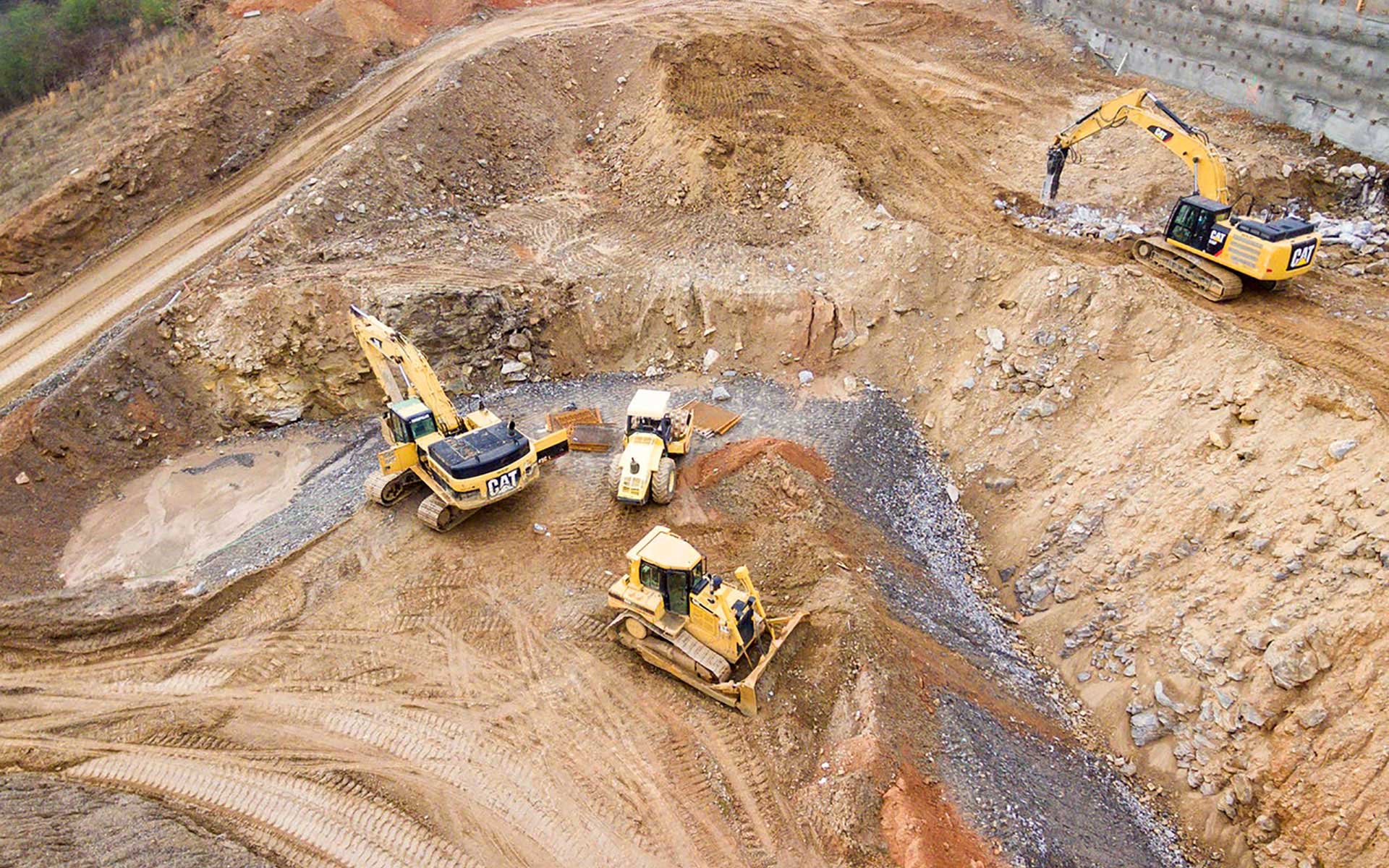Selecting the ideal flooring for any space is a decision that demands careful consideration. With a myriad of options available, it’s essential to weigh the benefits, costs, and durability of each choice. Among the top contenders in the flooring industry are epoxy flooring and polished concrete. These two options have gained popularity for their versatility, durability, and aesthetic appeal. In this detailed exploration, we will compare and contrast epoxy flooring and polished concrete across various parameters to help you make an informed decision for your specific needs.
Key Features of Epoxy and Polished Concrete
Epoxy flooring stands out for its seamless, glossy finish that adds a touch of sophistication to any space. Composed of epoxy resin and hardeners, this flooring solution forms a robust chemical bond with the concrete substrate, providing exceptional durability and resistance to abrasion, chemicals, and stains. Epoxy flooring is also highly customizable, offering a range of options in terms of color, texture, and patterns, allowing for creative expression in both residential and commercial settings.
In contrast, polished concrete achieves its sleek appearance through grinding and polishing techniques that refine the surface of the concrete substrate. This process not only enhances the visual appeal of the floor but also improves its strength and durability. Polished concrete requires minimal maintenance, thanks to its smooth surface that inhibits dust accumulation and simplifies cleaning routines. Moreover, it can be customized with dyes and aggregates to achieve desired textures and designs, making it a versatile choice for various environments.
Cost Comparison and Longevity
Cost is a significant factor to consider when evaluating flooring options. Epoxy flooring typically involves higher upfront expenses due to the specialized materials and labor-intensive installation process. However, its long-term durability and low maintenance requirements contribute to cost savings over time, making it a wise investment for high-traffic areas and industrial facilities. The initial investment in epoxy flooring may seem steep, but its longevity and resistance to wear and tear ensure a durable and cost-effective flooring solution in the long run.
Polished concrete, on the other hand, offers a more economical option, as it utilizes existing concrete substrates and requires fewer materials and labor hours compared to epoxy flooring. While the initial cost of polished concrete may be lower, its longevity depends on factors such as maintenance practices and environmental conditions. Properly maintained polished concrete floors can last for decades, providing a durable and cost-effective flooring solution for a variety of environments.
Suitability for Various Environments
The suitability of epoxy flooring and polished concrete varies depending on the specific requirements of different environments. Epoxy flooring is highly versatile and can be tailored to meet the demands of diverse settings, including warehouses, manufacturing facilities, garages, and commercial kitchens. Its seamless and non-porous surface resists moisture, chemicals, and bacteria, making it an ideal choice for environments where cleanliness and hygiene are paramount.
Similarly, polished concrete exhibits remarkable resilience and can withstand heavy foot traffic, making it suitable for retail spaces, showrooms, offices, and residential interiors. Its reflective properties enhance natural lighting and reduce the need for artificial illumination, promoting energy efficiency and cost savings. However, polished concrete may not be suitable for environments that are prone to moisture or temperature fluctuations, as these factors can affect its performance and longevity.
Maintenance Requirements and Aesthetic Appeal
Maintenance is another critical factor to consider when comparing epoxy flooring and polished concrete. Epoxy flooring requires regular cleaning to maintain its glossy appearance and prevent the buildup of dirt and debris. However, its non-porous surface makes cleaning relatively easy, typically requiring only a damp mop or gentle cleaning solution.
Polished concrete, on the other hand, requires minimal maintenance due to its smooth surface that inhibits dust accumulation and simplifies cleaning routines. Regular sweeping and occasional damp mopping are usually sufficient to keep polished concrete floors looking their best. Additionally, polished concrete offers a timeless aesthetic that complements a variety of architectural styles, making it a popular choice for both modern and traditional spaces.
Environmental Considerations and Sustainability
In an era of increasing environmental awareness, sustainability has become a key consideration in choosing building materials, including flooring options. Both epoxy flooring and polished concrete offer eco-friendly benefits that make them attractive choices for environmentally conscious consumers. Epoxy flooring is composed of low VOC (volatile organic compound) materials and can be applied over existing concrete substrates, reducing the need for additional materials and minimizing waste.
Similarly, polished concrete utilizes existing concrete substrates and requires minimal use of chemicals and adhesives, further reducing its environmental impact. Additionally, the energy-efficient properties of polished concrete, such as its reflective surface that enhances natural lighting, contribute to overall sustainability by reducing the need for artificial lighting and lowering energy consumption.
Conclusion: Which Flooring Wins?
In the debate between epoxy flooring and polished concrete, there is no clear winner, as each option offers distinct advantages depending on the unique requirements of the space. Epoxy flooring excels in durability, customization, and chemical resistance, making it an ideal choice for industrial and commercial applications where performance is paramount. On the other hand, polished concrete boasts affordability, low maintenance, and aesthetic appeal, making it a popular option for a wide range of settings.
Ultimately, the decision between epoxy flooring and polished concrete should be based on factors such as budget, aesthetic preferences, maintenance requirements, and the specific needs of the environment. Consulting with flooring professionals and weighing the pros and cons of each option will help ensure that you choose the flooring solution that best suits your needs and enhances the functionality and aesthetics of your space.
In conclusion, both epoxy flooring and polished concrete offer unique benefits and characteristics that make them attractive choices for a variety of applications. By understanding the key features, cost considerations, longevity, and suitability for different environments of each option, you can make an informed decision that meets your specific needs and enhances the value and appeal of your space. Whether you prioritize durability, affordability, or aesthetic appeal, there is a flooring solution that’s right for you.

